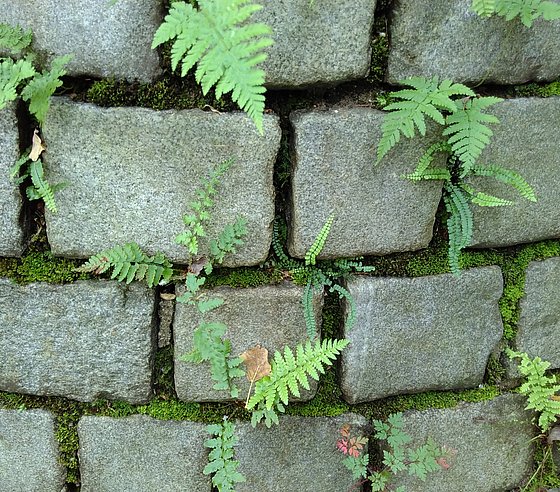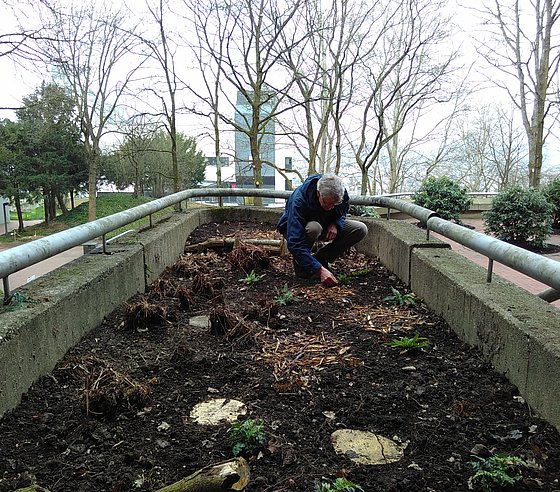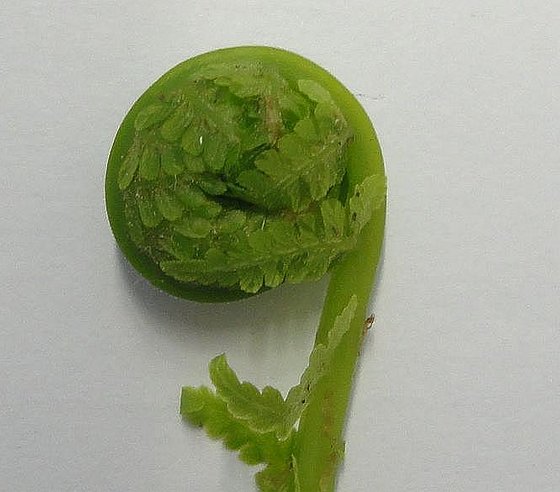


April - Ferns
They are typically found in damp, shaded areas such as damp forests, rock crevices, and near bodies of water. Ferns flourished in the Carboniferous period, around 350 to 300 million years ago. They were the first land plants to grow taller because they had developed systems that channelled nutrients and water. Tree ferns, some of which grew to heights of up to 30 metres, formed swamp forests and provided a habitat for dinosaurs. These fern forests became the raw material for coal. Like mosses, ferns reproduce by spores rather than seeds. Seeds are only found in flowering plants and conifers.
Ferns in Germany
There are around 11,000 fern species worldwide, most of which are found in the consistently humid tropics. In Central Europe, only around 100 species of fern are known, compared to around 4,000 species of flowering plant. The most common species in Germany is the bracken fern (Pteridium aquilinum), which can grow to a height of up to two metres. The bracken fern is cosmopolitan and can be found all over the world. Other ferns are rather small; for example, the spleen fern (Asplenium ceterach) only grows to around 10 cm tall and is only found in a few locations in Germany.
Ferns in the city
Ferns are rather rare in urban areas due to a lack of suitable habitats. Urban soils are usually highly compacted and/or too dry, and often have an unsuitable pH value. The climate in cities is also often too hot and dry. Nevertheless, ferns can be found in shaded areas, such as on walls, in riverside copses, and in old, near-natural parks and gardens.
Ferns on the university campus
Fortunately, there are a few shaded areas on the Grifflenberg campus. The botany working group used one such area, located between the inner courtyard PO and building B, to create a new fern bed. The existing soil was removed and replaced with humus-rich forest soil. Alongside the forest fern (Athyrium filix-femina) that was already present, several other typical German fern species were planted and labelled. While some ferns are evergreen, most are deciduous and only display wilted leaves in winter. They only slowly sprout again in spring. Therefore, it takes a little patience for the bed to become completely green and for the fern fronds to "peek" over the wall. Another fern bed has also been planted in the inner courtyard of Building V, but this is not open to the public.
